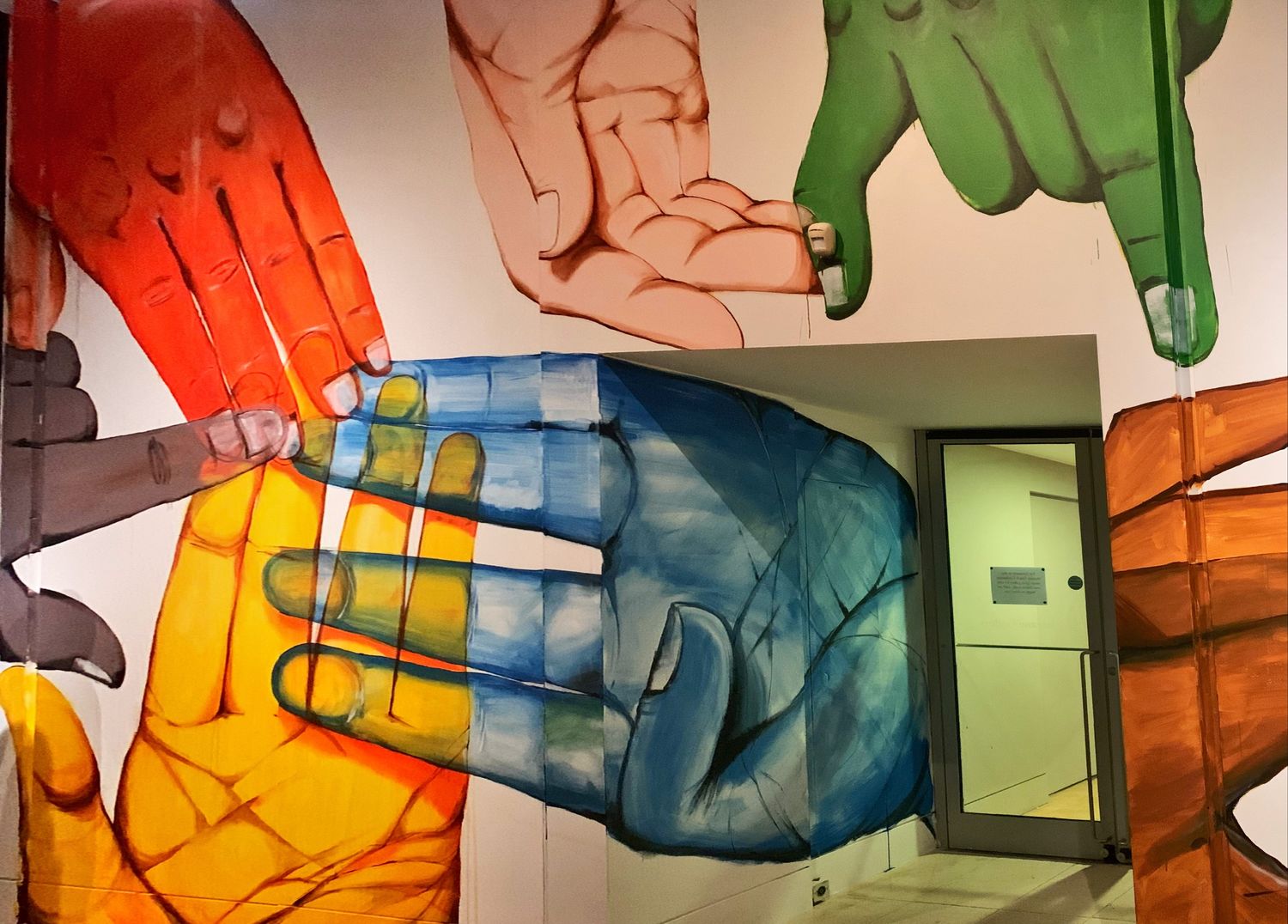The Human Touch Exhibition (18th May – 1 August 2021) currently on show at The Fitzwilliam Museum is an ode to hands; at times a love letter, at times a war cry, but at all times an examination. It is an eclectic exhibition which “explores the fundamental role of touch in human experience”. The works on show collectively span over 4,000 years, ranging from pieces looking at anatomy, to “touch, desire and possession”, to “ideological touch; reverence and iconoclasm”. Above all, art is exposed as a form of touch in itself. The exhibition is also multi-media, including illuminated manuscripts, film, models, statues, and paintings; it is like a mini museum in and of itself. It is the hyper-awareness of touch, bodies, and hands in the common conscious right now that this exhibit plays into, but this is in part just a selling point; once we’re through the door the exhibit confronts us with so much more.
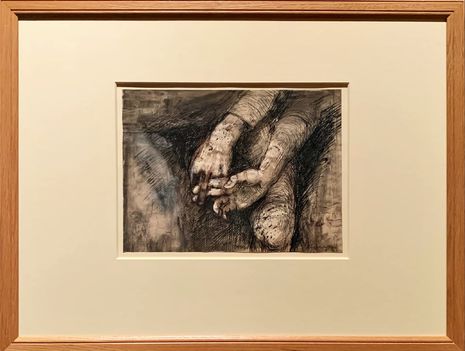
The exhibition argues that humans naturally desire connection. As many of us have realised in the touch deprivation periods of lockdowns, the touch of others seems vital in many ways. This is not only true for people whose ‘love language’ is physical touch (though the ‘Taking Hold’ section of the exhibition will suit the longing hearts of romantics) – the desire to hold, and be held, to me seems essentially human, and not solely resolved for the world of romance.
“This led to me feeling ever more alone in this room that was trying so hard to bring us closer. ”
One of the pieces on show, Mmakgabo Helen Sebidi’s ‘Carrying it for hope’ (b.1943), in its composition of tightly packed figures, compresses and fuses the bodies together, evoking our shared humanity. In this painting hands become the symbol of hope, holding up another figure and being held in turn – the hands seem to belong to the agglomeration rather than the figures themselves. Such intermingling is in part now terrifying to me, after so many months of being conditioned to fear strangers’ touch. Throughout the pandemic hands, crowds, and others’ bodies seem off limits, hedged around with yellow warning tape.
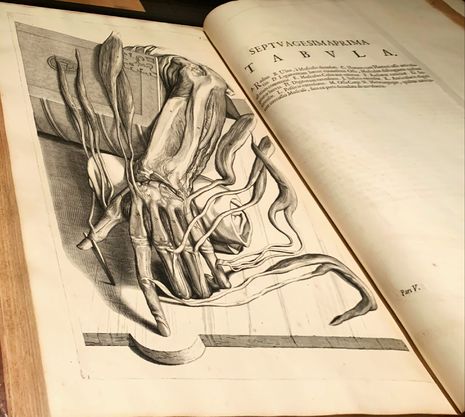
The exhibit pulls the polarity of desire for intimacy against the limitations the pandemic has imposed upon us. The rooms are dark, the walls black and intimately lit, serving to bring us closer to the art and to feel akin to the intimacy of the touch we are observing. Yet, the onlooker remains acutely aware we are spectators, glass dividing ourselves from the art, outreached hands hanging open and waiting but barred from us. The lonely hands of the exhibit remain at a clinical distance, so the exhibition at once reminds us of the importance of touch and make us even more aware of the barriers we cannot overcome to engage in these vital, communal traditions. We are also intensely aware of our bodies relation to those of strangers surrounding us, of maintaining our own glass-like divide in our two metre bubbles. This led to me feeling ever more alone in this room that was trying so hard to bring us closer.
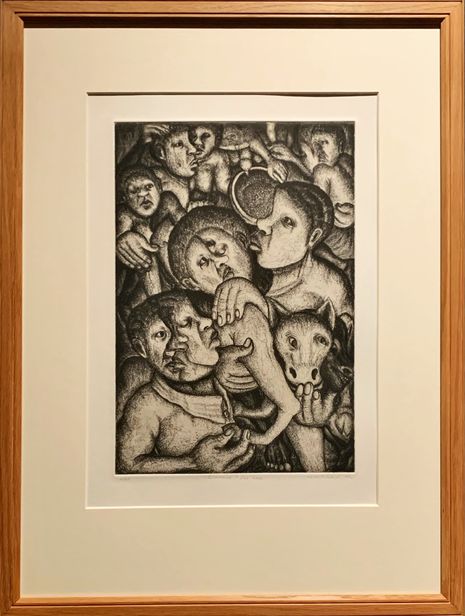
The wall-length, colour and bright mural of hands in the second room of the exhibition can speak to tentative steps towards safe touch, a hope of reconnecting if your eyes scan from right to left; starting with the hands reaching but divided, moving towards a gentle and light connection of pinkie-fingers, and ending in an overlapping cacophony of colours and fingers. Scanned left to right though, it is much less hopeful; a tale of community torn apart by disease. A world where we are afraid of touch, is one where strangers feel all the more strange, and loved ones feel much too far way.
“touch underpins so much of our society, our lives, our happiness”
For many, post lockdown touches were wistfully longed for, imagined, and hoped to be as heightened and intense as that hand flex scene in Joe Wright’s 2005 adaptation of Pride and Prejudice – in this moment touch becomes an unguarded, and intense action of pure feeling. At times in this past year my skin felt like it was screaming, my arms hollow and empty, ghosts of past embraces lingering there, much as the open gimmel rings on show, stuck in purgatory, yearning to be closed and reunited. Keith Vaughan’s ‘Study of hands’ is equally intense in its intimacy, the lens focused squarely on the lover’s entanglement of fingers – much like Pride and Prejudice, in that both show a love that is all the more intense because it has in some way been denied or restricted. We live in a world of ridged rules around touch (granted lifesaving ones, rather than Georgian etiquette), where touch has even become deadly.
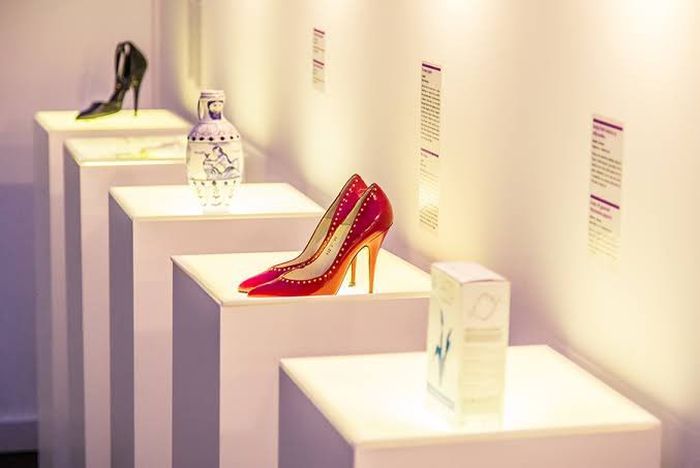
The Museum of Broken Relationships
Overall this exhibition left me with the feeling that touch underpins so much of our society, our lives, our happiness, and it is in this moment where we are all at a distance from such a fundamental facet of life that we can collectively look at and examine it together and for the better, as with its engagement with consent in the figure of the ‘Nymph Seated, Asleep’, “show[ing] particular wear on the figure’s breasts”. This raises questions in the observers mind about the sexualised objectification of the female form, and the concept of the gaze on the female figure in art and whether that plays into a cultural mentality that strips women of self-autonomy and excuses sexual misconduct. The exhibit hopes to reframe our cultural ideas of touch, arguing that the power of touch lies in autonomy, in mutual pleasure – the symbiotic relationship which makes touch fundamental is that it is consensual.

